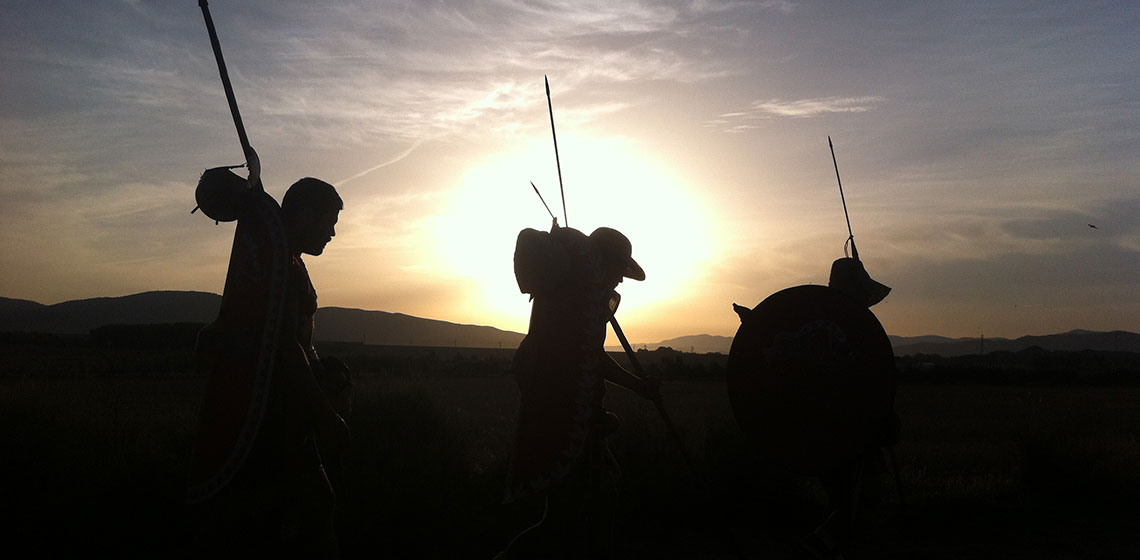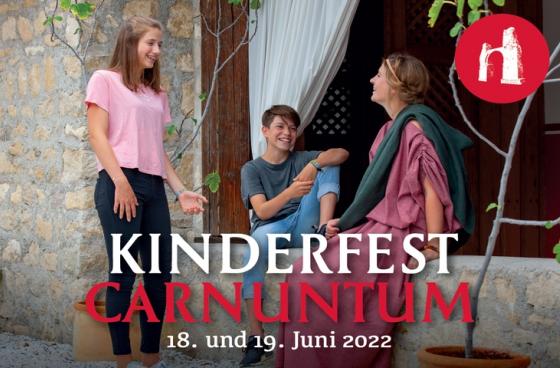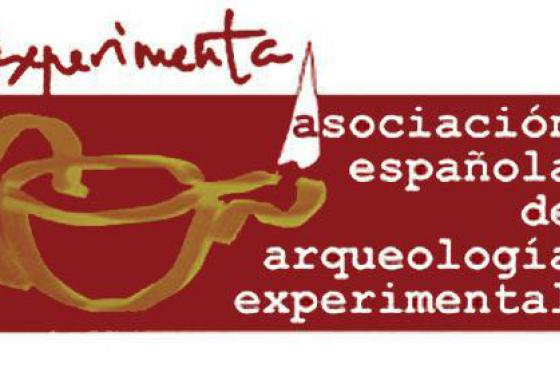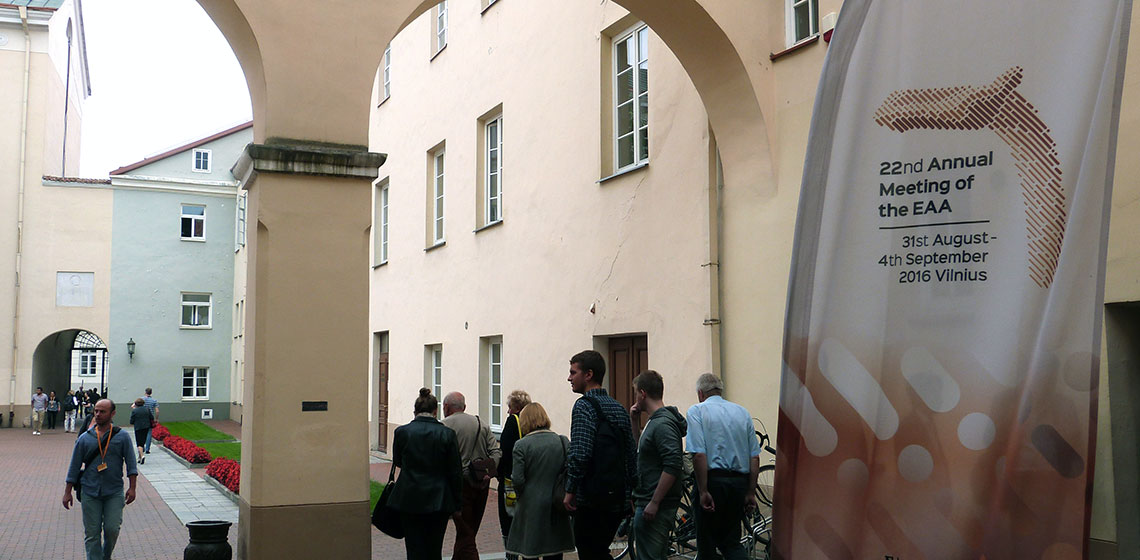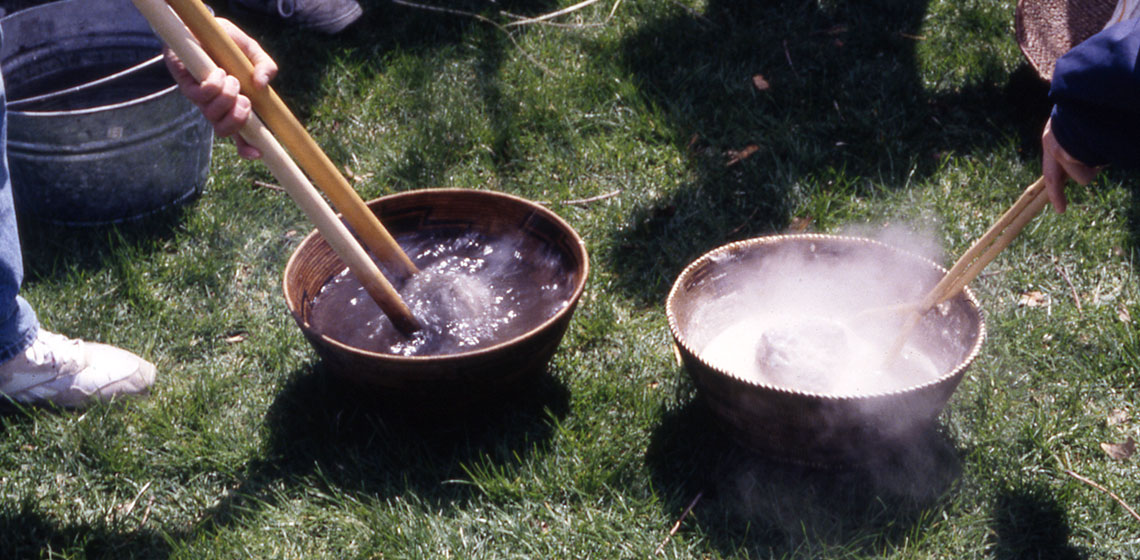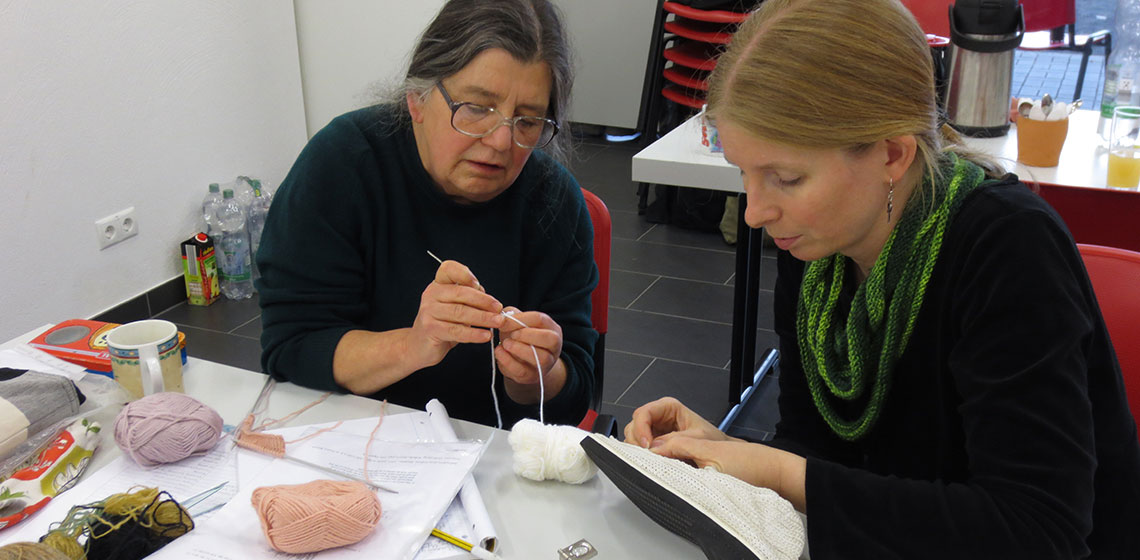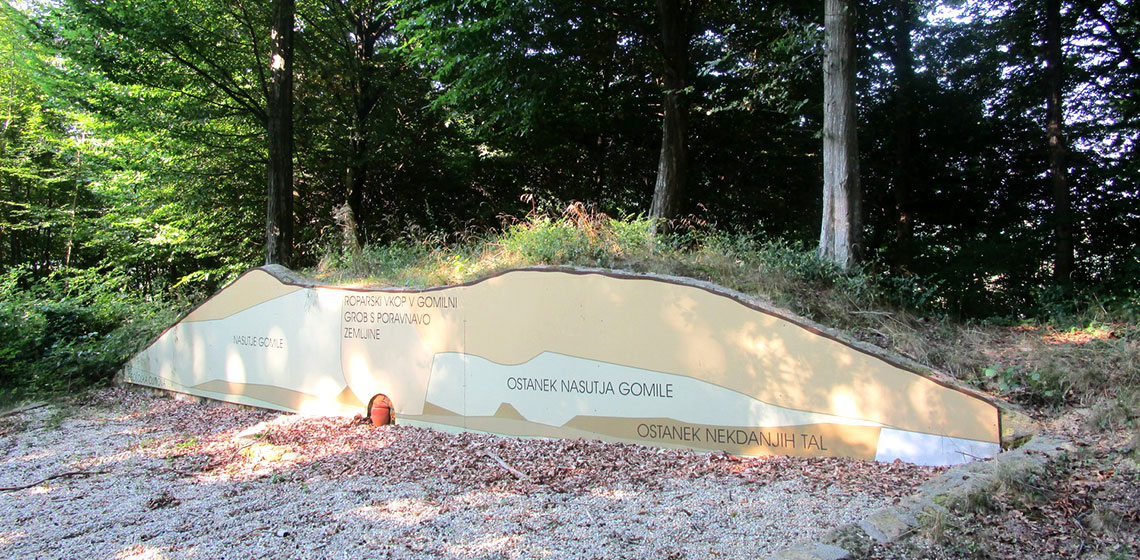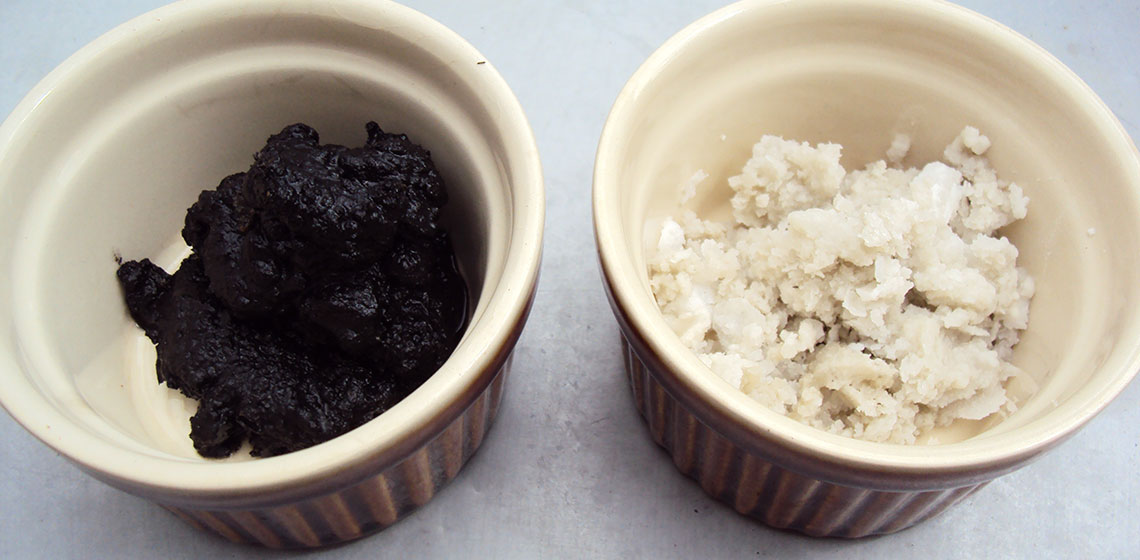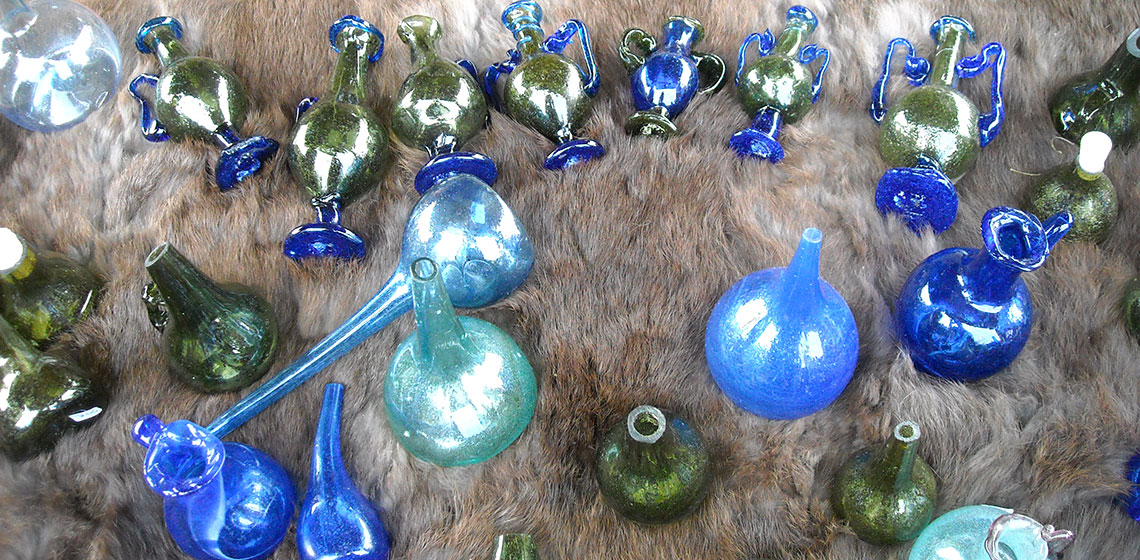Roman Era
The VIA SCIPIONIS Project Outdoor Travelling Experimental Archaeology and Re-enactment
Carnuntum Children’s Festival
Country
- Austria
For the Children‘s Festival, the rebuilt city quarter of Carnuntum will turn into a fascinating theme park for young Romans. A great number of fun activities promise full immersion into the past...
V Congreso Internacional de Arqueologia Experimental
Country
- Spain
We are delighted to announce that the Institut Català de Paleocologia Humana i Evolució Social (IPHES), the Institut Català d’Arqueologia Clàssica (ICAC), the Institut Català de Recerca en Patrimoni Cultural (ICRPC) and the EXPERIMENTA Association will organize the V International Congress of Experimental Archaeology in Tarragona on 25, 26 and 27 October 2017.
Conference Review: EAA Vilnius – about Archaeological Tourism, Visualisation, Experiment and Reconstruction
Cooking in Baskets Using Hot Rocks
Conference Review: European Textile Forum 2015
Glow of iron
Country
- Slovenia
The International Iron Working Festival – Iron Smelting Days 2016 will occur in Stara Fužina, the village near the Lake Bohinj. The owner of the castle was the Zois family that had the whole iron facilities in Bohinj and other places from the years 1740 – 1869. The program of Iron Working Festival will show practical smelting the bloom to billet or bar, using domestic ore, charcoal and clay.
Archaeological Routes and Paths in Northeast Slovenia – new Opportunities for Tourism
The Role of Saltmarsh Plants in Iron Age and Roman Salt Production in the Thames Estuary, UK
Problems and Suggested Solutions in the Replication and Operation of a Glass Furnace based on Roman Remains: an Experiment in Glass Production
Part of the reorganisation of the archaeological open-air area at Asparn are plans for a remaking of the Iron Age workshop area. The construction of an Iron Age smithy and a glass production furnace are also being planned. As is widely known ‘glass can be made out of quartz sand, potash and lime’. But is it as easy as that? It is therefore legitimate to discuss here the experimental efforts involved in its production.

